Architectural Alchemy: China’s Museums Where Tradition Meets Avant-Garde

China’s art and museum scene is a dynamic dialogue between millennia-old traditions and bold modernist visions. From imperial palaces reborn as cultural hubs to cutting-edge institutions designed by Pritzker laureates, the country’s museums are not just repositories of artifacts but architectural statements that mirror China’s cultural ambitions. This journey through China’s most compelling artistic spaces reveals how starchitects like Wang Shu and I.M. Pei have reimagined the Middle Kingdom’s aesthetic identity while preserving its soul.
The New Guardians of Cultural Memory
Wang Shu
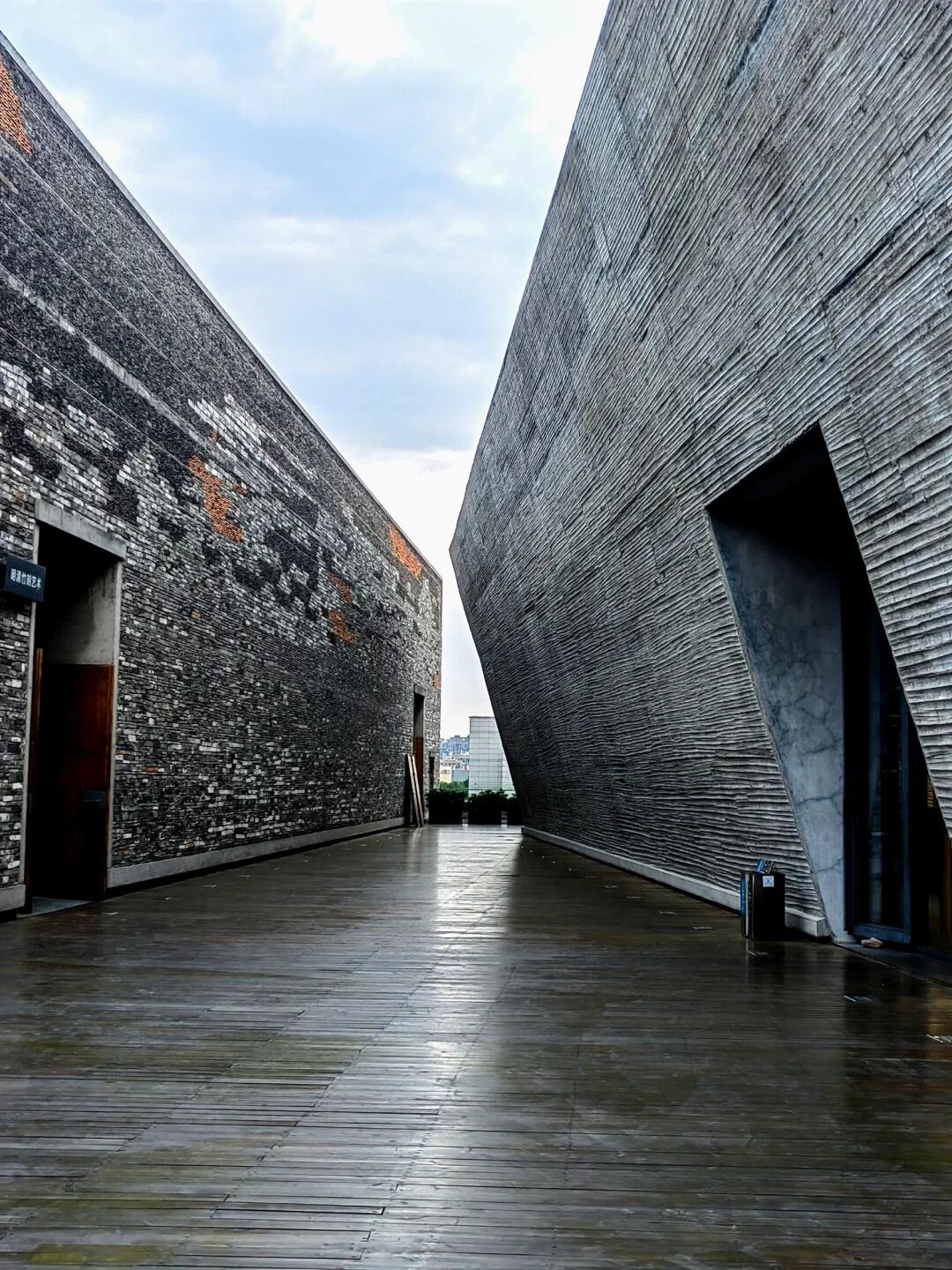
The first China-born architect to win the Pritzker Prize (2012), Wang Shu champions “amateur architecture” that repurposes ancient techniques. His Ningbo Museum resembles a weathered mountain, its façade pieced together from 20 million recycled bricks salvaged from demolished villages—a tactile homage to vernacular craftsmanship. Equally striking is his China Academy of Art’s Xiangshan Campus in Hangzhou, where tiled roofs cascade like calligraphy strokes across tea fields.
I.M. Pei
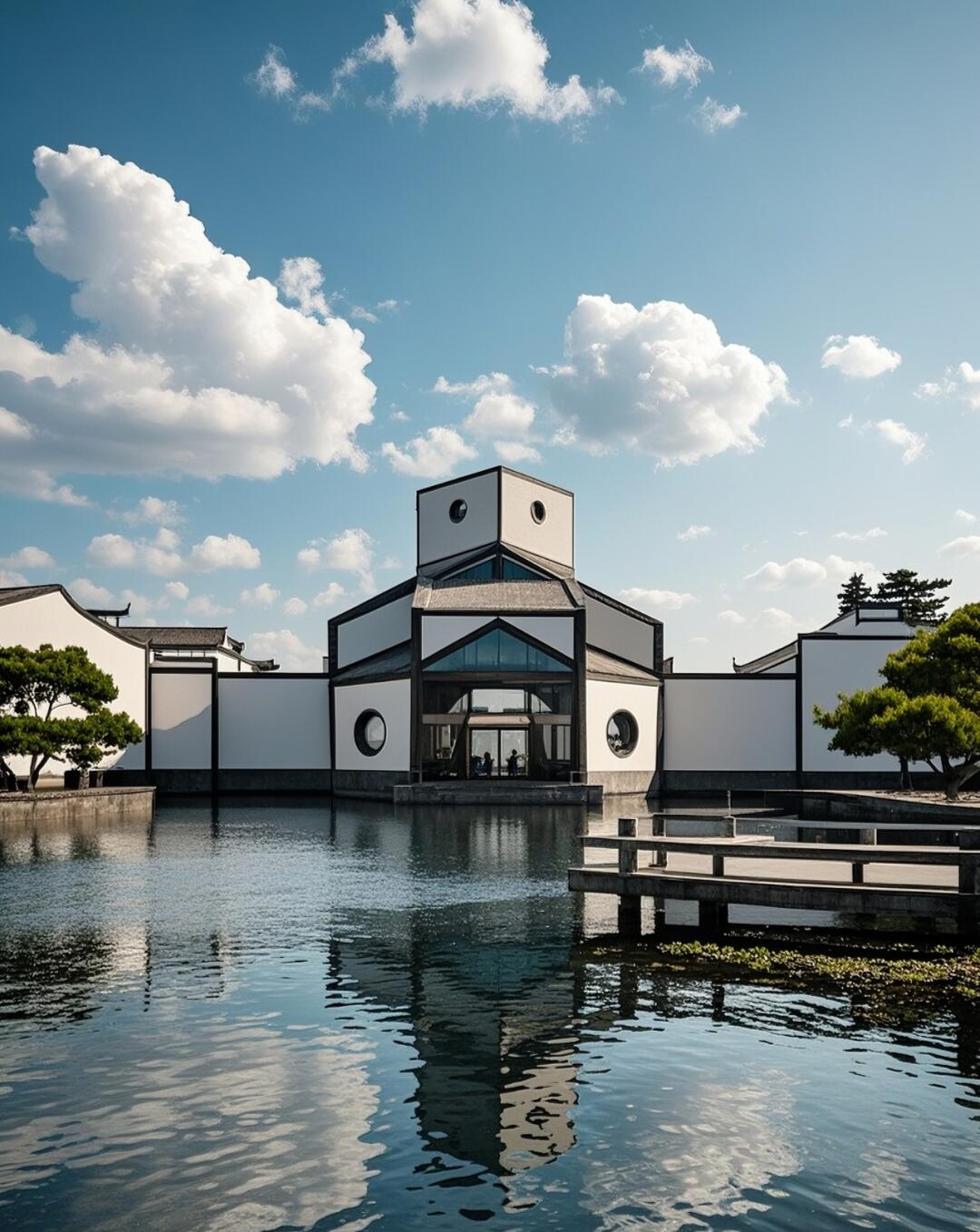
Though based in the U.S., the late master (1917–2019) left an indelible mark on his homeland. His Suzhou Museum (2006) reinterprets Ming Dynasty gardens through modernist geometry, using titanium-zinc roofs to mirror the city’s famed gray-tiled houses. The museum’s central pond, framed by a scholar’s rock from the Song Dynasty, becomes a living ink painting.
Ma Yansong
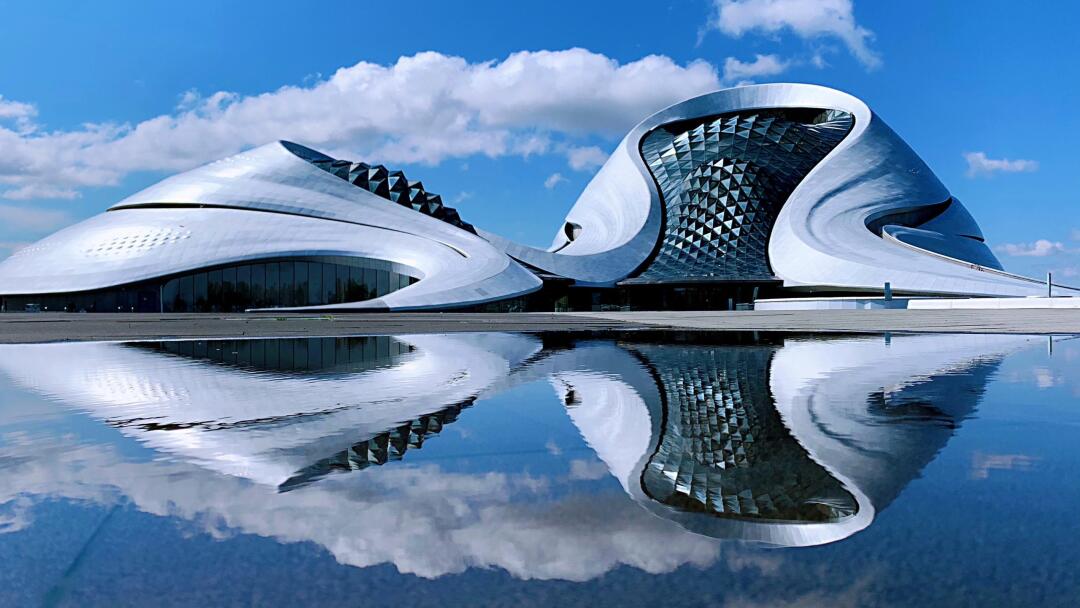
A rising star of “landscape urbanism,” Ma’s Harbin Opera House (2015) rises from northern wetlands like a snowdrift sculpted by wind. His firm MAD Architects later reimagined the China Philharmonic Hall in Beijing as a golden lotus emerging from an artificial lake, its petals engineered to optimize acoustics.
Industrial Cathedrals: Repurposed Art Zones
798 Art District, Beijing
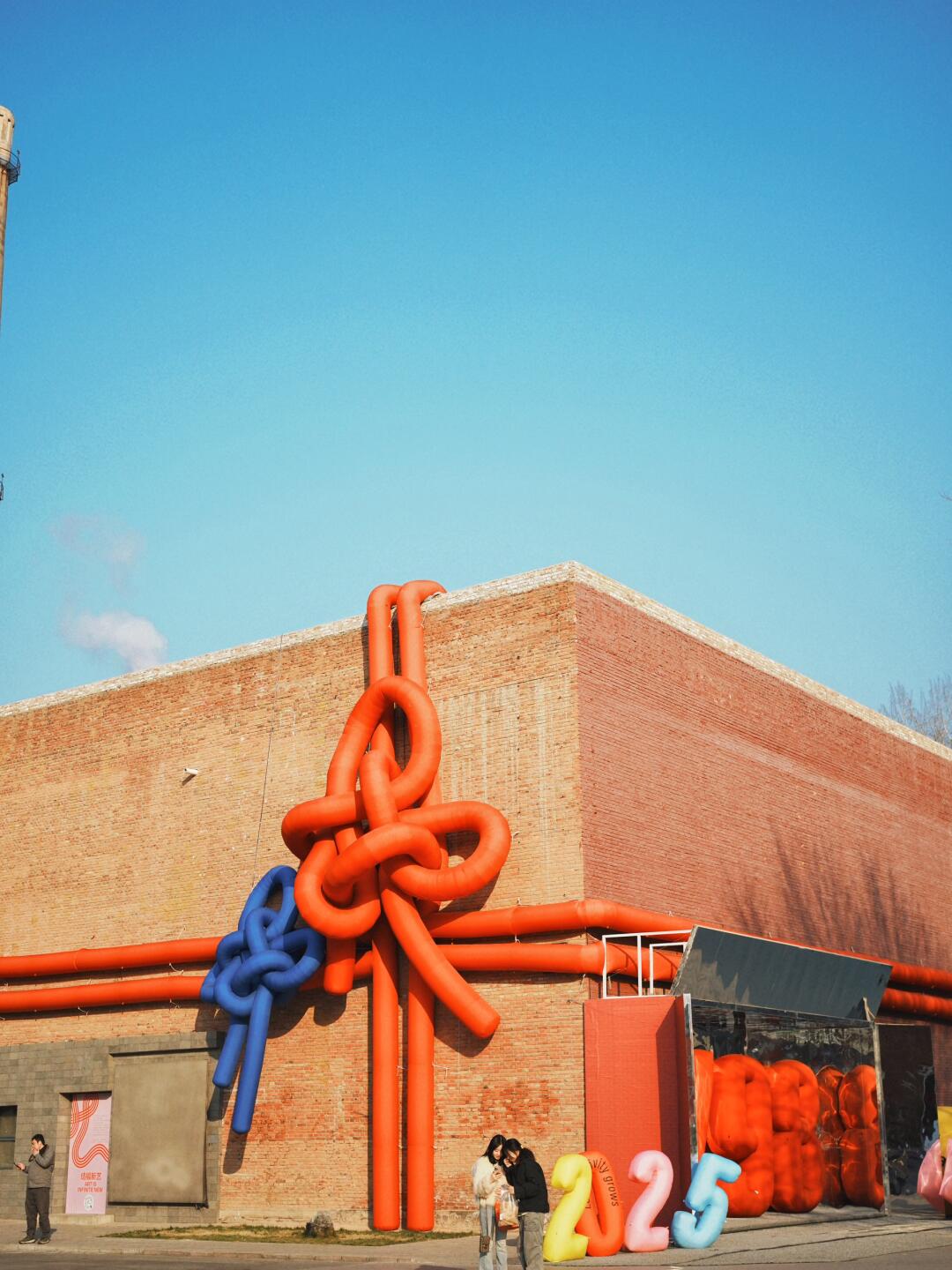
What was once a Cold War-era electronics factory now houses UCCA Center for Contemporary Art. The Bauhaus-style arched roofs now shelter galleries like Pace Beijing and Galleria Continua, their brutalist bones contrasting with neon-lit digital art.
Power Station of Art, Shanghai
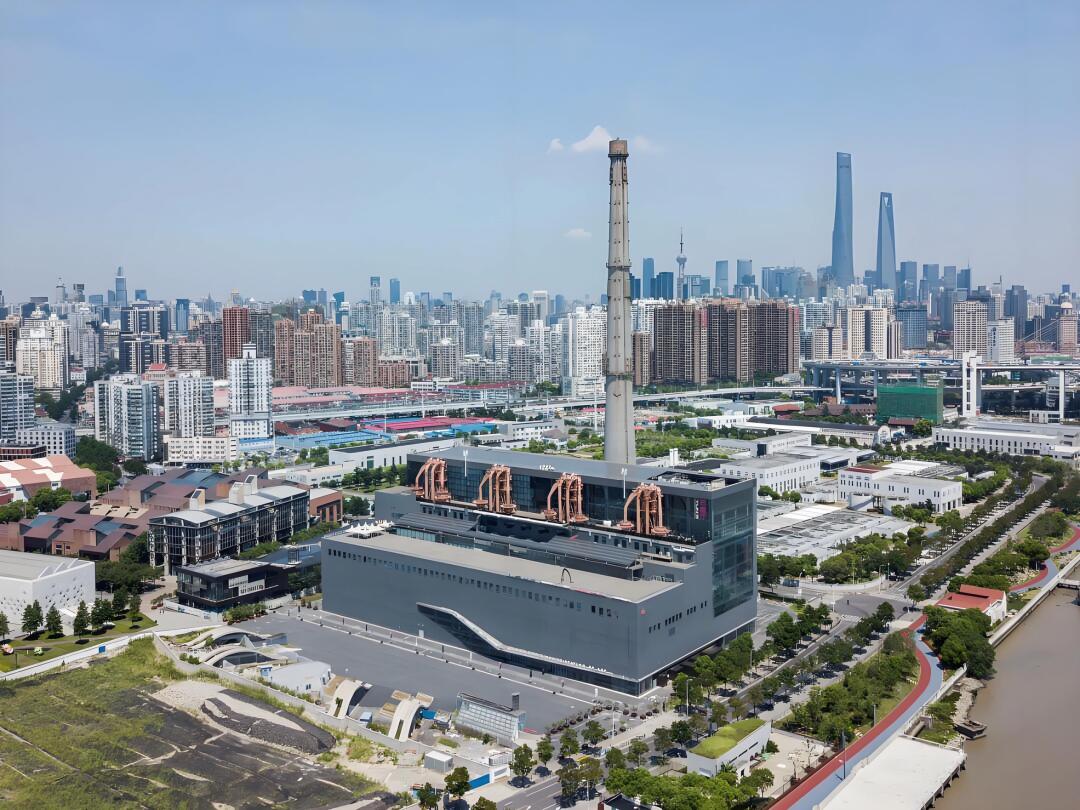
Asia’s first state-run contemporary museum occupies a 2012-renovated coal plant, its 165-meter chimney now an LED installation tower. The annual Shanghai Biennale here often features site-specific works engaging with the building’s industrial past.